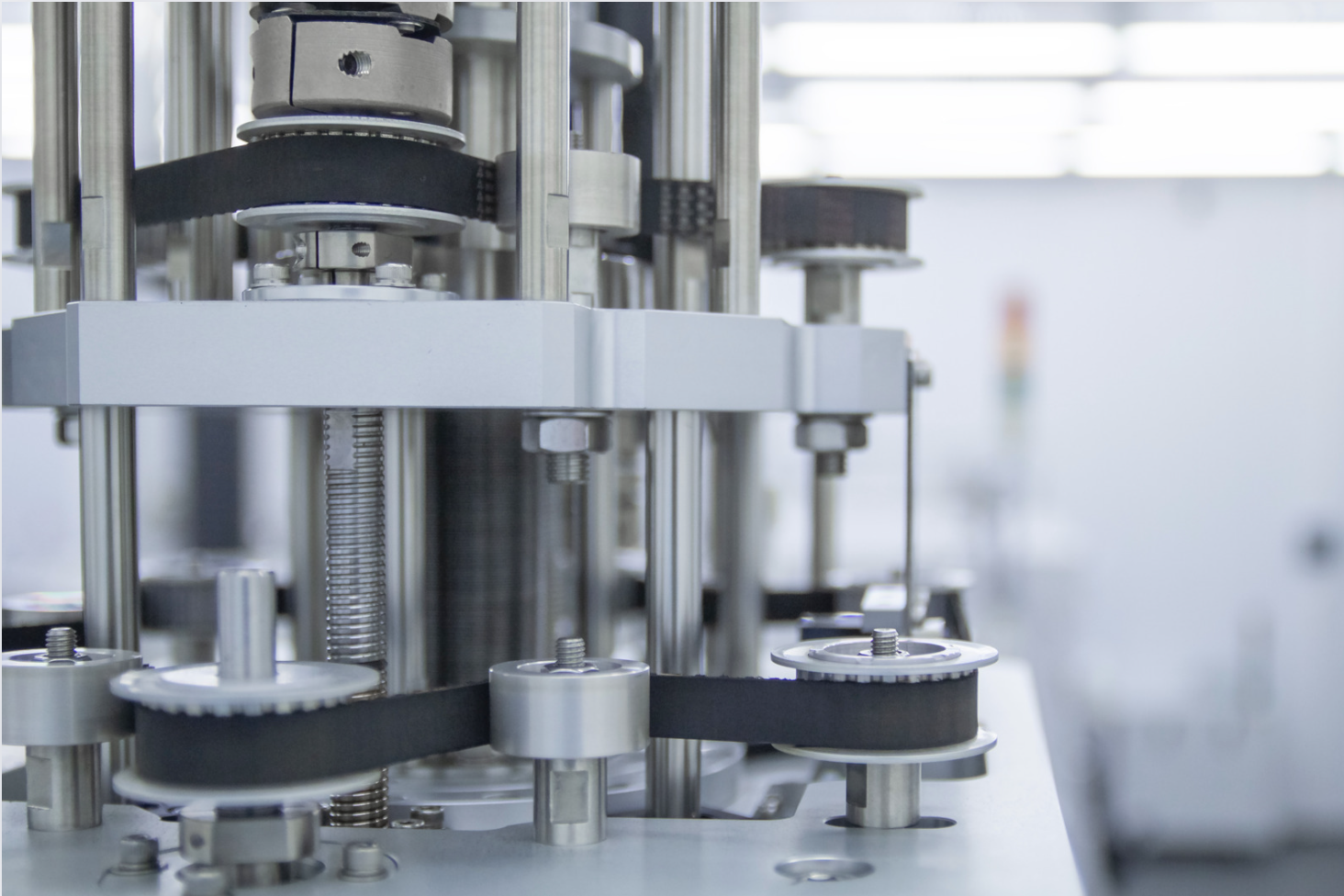Everything to Know About Motion Controllers
by Quotebeam Team
May 30, 2024

Motion controllers are essential for precise and efficient machinery operation, coordinating mechanical parts with accuracy and reliability. This article covers everything you need to know about motion controllers, from basic definitions to types, examples, and key components.
What is an Industrial Motion Controller?
An industrial motion controller is a specialized device used to manage and direct the movement of machinery in industrial settings. These controllers are designed to perform complex tasks such as positioning, speed regulation, and synchronization of machine parts. They are essential in applications where precision and repeatability are critical, such as in robotics, CNC machines, and automated assembly lines.
Key Functions of Motion Controllers:
- Position Control: Ensuring that a machine component reaches a specific location.
- Speed Control: Regulating the velocity of moving parts to match the desired speed.
- Trajectory Planning: Creating a path for a movement that machines follow.
- Synchronization: Coordinating the motion of multiple axes or components to work in harmony.
Industrial Motion Control System & Components
An industrial motion control system consists of several interconnected components that work together to achieve precise motion control. Understanding these components is essential for knowing how the entire system functions.
Core Components:
- Motion Controller: The brain of the system, responsible for sending commands to other components.
- Drive/Amplifier: Converts the low-power control signals from the controller into high-power signals to drive motors.
- Motor: Executes the motion by converting electrical energy into mechanical movement.
- Feedback Devices: Sensors like encoders or resolvers that provide real-time data on the position and speed of the motor.
- Human-Machine Interface (HMI): Allows operators to interact with the motion control system, input commands, and monitor operations.
Types of Motors Used:
- Servo Motors: Provide precise control of angular or linear position, velocity, and acceleration.
- Stepper Motors: Move in discrete steps, offering excellent control for incremental motion tasks.
Importance of Feedback:
Feedback is crucial in motion control systems to ensure accuracy. The controller uses feedback from sensors to compare the actual position of the motor with the desired position and makes necessary adjustments.
Motion Control Types & Device Examples
Motion control systems can be categorized based on their application and the type of motion they control. Here are some common types and examples of devices used:
Open-Loop vs. Closed-Loop Systems:
- Open-Loop Systems: Operate without feedback. Simple and cost-effective but less accurate. Example: Basic stepper motor systems.
- Closed-Loop Systems: Use feedback to continuously adjust and correct motion. More complex but highly accurate. Example: Servo motor systems.
Types of Motion Control:
- Point-to-Point (PTP): Moves from one predefined position to another. Common in pick-and-place operations.
- Contouring: Controls the path of movement along complex trajectories. Used in CNC machining.
- Synchronization: Coordinates multiple axes to move in a specific relationship. Essential in robotics and multi-axis machinery.
Device Examples:
- CNC Controllers: These are used in computer numerical control machines to control the motion of cutting tools.
- Robotic Controllers: Manage the movement of robotic arms in industrial robots.
- PLC-Based Motion Controllers: Programmable Logic Controllers (PLCs) with integrated motion control capabilities.
Servo Motor Drives
Servo motor drives are a critical component in many motion control systems. They amplify the control signals from the motion controller and deliver the necessary power to the servo motors.
Key Features:
- High Precision: Capable of fine adjustments, making them ideal for applications requiring high accuracy.
- Feedback Integration: Built-in feedback mechanisms ensure real-time adjustments for precise control.
- Versatility: Suitable for various applications, from robotics to automated manufacturing lines.
Benefits:
- Improved Accuracy: Ensures that the motion follows the desired path with minimal deviation.
- Enhanced Performance: Provides smoother and faster response times compared to other motor types.
- Energy Efficiency: Optimizes power usage by adjusting the output based on the load requirements.
Applications:
- Robotics: Controlling the precise movements of robotic arms.
- Medical Devices: These are used in equipment like MRI machines and surgical robots for accurate positioning.
- Aerospace: Managing the motion in flight simulators and unmanned aerial vehicles (UAVs).
Motor Control Starters
Motor control starters are devices used to start, stop, and protect motors. They are essential in ensuring the safe and efficient operation of electric motors in various industrial applications.
Types of Motor Starters:
- Direct-On-Line (DOL) Starters: Simplest type, directly connects the motor to the power supply.
- Star-Delta Starters: Reduces the starting current by initially connecting the motor in a star configuration and then switching to delta.
- Soft Starters: Gradually increase the voltage to the motor, reducing the inrush current and mechanical stress.
Benefits:
- Protection: Safeguards motors against overloads and electrical faults.
- Reduced Wear and Tear: Minimizes mechanical stress during startup, prolonging motor life.
- Energy Efficiency: Reduces energy consumption during the startup phase.
Applications:
- Pumps: Used in water treatment plants and irrigation systems.
- Fans and Blowers: Essential in HVAC systems for controlling air flow.
- Conveyors: Manage the startup and shutdown of conveyor belts in manufacturing plants.
Motion controllers are crucial for precision in industrial automation. Devices like servo motor drives and motor control starters form the backbone of modern manufacturing. By understanding their roles and types, we can appreciate their essential function.
Whether refining current systems or developing new ones, mastering motion control technology is key to efficient and reliable operations. Motion controllers don't just move parts; they synchronize and optimize machinery, driving productivity and innovation in the industrial world.
